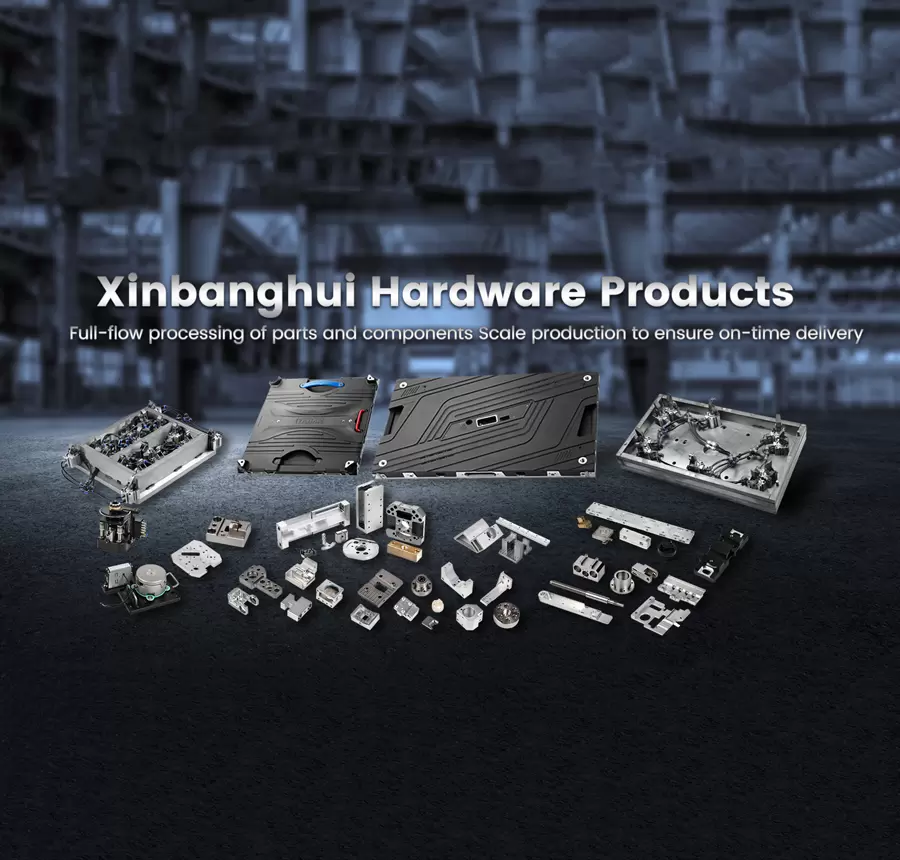Sustainable Solutions: Unveiling the Secrets of Crafting Eco-Friendly Packaging
In today's world, where environmental concerns are at the forefront, businesses are increasingly seeking ways to reduce their carbon footprint and adopt sustainable practices. One area that has gained significant attention is packaging. In this blog post, we will delve into the intricacies of creating eco-friendly packaging and explore innovative solutions that can help businesses minimize their environmental impact.
- Understanding the Importance of Eco-Friendly Packaging:
Eco-friendly packaging goes beyond just using recyclable materials. It encompasses the entire lifecycle of the packaging, from sourcing raw materials to disposal. By opting for sustainable packaging, businesses can reduce waste, conserve resources, and contribute to a healthier planet. - Material Selection:
Choosing the right materials is crucial when it comes to eco-friendly packaging. Biodegradable and compostable materials, such as plant-based plastics, recycled paper, and cardboard, are excellent alternatives to traditional packaging materials. These materials not only minimize environmental harm but also provide a unique selling point for businesses. - Design for Minimalism:
Adopting a minimalist approach to packaging design can significantly reduce waste. By eliminating unnecessary layers, excess space, and non-recyclable components, businesses can create packaging that is both aesthetically pleasing and environmentally friendly. Additionally, optimizing the size and weight of packaging can reduce transportation emissions and costs. - Innovative Packaging Solutions:
The world of packaging is constantly evolving, and innovative solutions are emerging to address sustainability concerns. Some examples include: a. Bioplastics: These are derived from renewable sources and can be composted, reducing the reliance on fossil fuel-based plastics. b. Mushroom Packaging: Made from agricultural waste and mycelium, mushroom packaging is biodegradable, lightweight, and offers excellent insulation properties. c. Edible Packaging: Edible films and coatings made from natural ingredients provide an innovative solution to reduce packaging waste. They can be consumed along with the product or easily decomposed. d. Reusable Packaging: Implementing a closed-loop system where packaging is returned, cleaned, and reused can significantly reduce waste generation. - Collaborating with Suppliers:
Building strong partnerships with suppliers who share the same sustainability goals is crucial. By working together, businesses can ensure that the entire supply chain adheres to eco-friendly practices, from sourcing raw materials to manufacturing and distribution.
Conclusion:
Creating eco-friendly packaging requires a holistic approach that considers every aspect of the packaging lifecycle. By selecting sustainable materials, adopting minimalist designs, and embracing innovative solutions, businesses can make a significant positive impact on the environment. Embracing eco-friendly packaging not only aligns with consumer preferences but also showcases a commitment to sustainability, setting businesses apart in a competitive market.




